24 Apr How to use plants for a garden that feels like a holiday destination
We’re in lockdown. Holidays are out of the question so how can you compensate. Here are some ideas on how to use plants to make your own garden feel like a holiday destination.
Two styles of planting remind me of holidays. There’s the vibrant, colourful Victorian style garden often seen at British seaside resorts. Then there’s the luxuriant style planting where lush green foliage is punctuated with splashes of colour. I like both – but for different reasons.
The colourful planting is cheery, it never fails to lift my spirits and my energy levels. It’s a celebration of plants and a veritable feast for butterflies and bees. Is it soothing? Not really – at least not for me. A mix of many colours is a lot for the eye to process and I think my brain would start to feel scrambled if I looked at this for too long. I’d choose this planting style for a front garden, a potager or somewhere out of the direct line of sight of my relaxation area.
Green is known to be a calming colour. It’s easy on the eye and allows the mind to focus on other things. Important things like food, beer, books and other holiday-type things. Or if it comes to it – on working from home. Bringing in other colours adds interest but keep the palette simple and use texture and structure for great results. This would be my first choice for planting schemes that can be seen from the kitchen or living room windows or from the main seating area.
How to use plants for a colourful garden
The first thing that comes to mind right now is using all of the colours of the rainbow to create a garden that celebrates our NHS. Or maybe stick with red, white and blue for VE day.
Will you plant in orderly rows or will you have splashes of colour? Think about your design before you order your plants. Use a stick to draw the design in the soil. It’s easy to “rub it out” and make adjustments before you are happy.
Don’t forget to add structure. These designs look fantastic if they are punctuated with architectural plants such as conifers, spiky grasses, topiary or even lights and/or ornaments.
Will your colourful garden have a theme? I still have that NHS rainbow in my head but you could go for a seaside theme, a 40’s theme for VE day or a theme that really reflects the character of your property and your family.
Don’t forget that a garden is 4 dimensional. Your borders will have length, depth, height and a timespan. Think about what you when you want your flowers to appear and how long you want them to last. Choose your plants accordingly.
Bedding plants are the most obvious choice for a bright summer display. However, they will need to be dug up and replaced at the end of their life (they are not normally frost hardy). If you are not a keen gardener why not use plants that will last several years? Here are some of my favourite perennial plants.
Great perennials for a rainbow border
Don’t overlook the value of foliage plants in your colourful garden – this Japanese blood grass brings an interesting texture into the mix.
Imperata cylindrica Red Baron: Aka Japanese blood grass. Strappy leaves in a mix of bright red and light green.
Achillea millefolium Red Velvet: A cultivated version of the wildflower Yarrow. Very easy to grow and bee-friendly too.
Hemerocallis: Better known as the daylily. Stunning orange flowers in early summer. So named because each flower only lasts one day. Don’t worry though – they bloom in succession for quite a long time. There are lots of different shades to choose from. You could go for a really bright citrusy orange or, for a less “clashy” colour, take a look at the deeper shades.
Crocosmia ‘Tangerine Queen’: Another easy to grow plant. Crocosmia has eyecatching orange flowers from mid summer into autumn. A great way to keep the colour succession going as these will follow on from the daylilies. Before the flowers arrive, this plant has wonderful foliage that will set off any plants around it.
Geum ‘Georgenberg’: Clear yellow flowers that look a little like buttercups but have that extra “je ne sais quoi”. Not too short and not too tall, this is a great plant for the front of a border.
Leucanthemum: You might know it as the Oxeye daisy. White petals but a striking yellow centre. This is one of the UK’s native wildflowers but it deserves a place in every garden. The bees think so too! Deadhead this one and you’ll have two flushes of flowers. One in late spring, the next in early autumn.
Green plants: The green in your rainbow garden could come from foliage. Heuchara is a splendid, low growing plant and comes in lots of different colours. You could use foliage for some of the other colours too – especially the reds, oranges and purples.
Blue flowers: are a little harder to come by in the perennial section. I can thoroughly recommend growing cornflowers from seed. Sow in late April or early May where you want the flowers to be seen. They look after themselves and have the most beautiful blooms.
Purple flowers: I can’t write about flowers and not mention Salvia nemorosa. It’s eyecatching, it’s easy to care for and incredibly reliable. Definitely a favourite with the Tapestry Design Studios team.
Ajuga, also known as Bugle is an easy plant to grow and has wonderful blue flower spikes in early spring. It’s low growing, spreads rapidly and also looks great in containers.
How to use plants for a relaxing garden
What helps you to feel relaxed? For me it’s co-ordinated colours, lovely scent and the gentle hum of bees. And of course the knowledge that my garden is not too labour intensive.
When I’m planning a relaxing border I aim to have plenty of healthy green foliage with splashes of colour that change as the season progresses. When the border is mature, I don’t want to be able to see soil between the plants after about the end of May. (A good way to “hide” low growing weeds!)
The ultimate low maintenance relaxing border is this one created a couple of years ago using wild flower turf. It looks after itself for 362 days of the year. Maintenance involves cutting back any spent vegetation, leaving it on the surface to dry and then taking it off to the compost heap.
You might want something a bit more traditional though. So start by using structural plants to give you 12 months of interest. Evergreens, topiary, grasses or small trees are great for this.
Next arrange your perennial plants in groups of 3, 5 or 7. Larger groups help the eye to concentrate on one area at a time instead of flicking from one colour to another. Aim for two of three groups of each plant type/colour/height to give a gently symmetry to the planting. Again, this is easier on the eye.
Try to organise plants so that the areas of interest are spread out through the seasons – you don’t want all of your spring flowers at one end of the border, followed by summer colour all at the back and then a blob of autumn interest somewhere in the middle. Symmetry is important and helps you to make the most of the whole area.
Don’t forget the importance of height either – if you have the space, build some structures and use plants such as clematis, climbing roses or even runner beans to bring flowers to eye level.
Choosing plants that will enjoy the soil type and light levels in your borders will mean that you have minimal maintenance. Especially if you don’t think working in the garden is relaxing!
A rich mix of textures with subtle colour combinations
Final touches for your relaxing garden and a must in my world – lighting. Relaxation shouldn’t stop when the sun goes down. And if, like me, you have young children, relaxation is a rare commodity before their bedtime. Use uplighters to highlight structural plants or go for twinkly lights in trees.
Planting your holiday at home garden
Prepare the ground
Plants that are hungry or thirsty will give you a short lived and lacklustre display. If you want to use flowers and foliage for colour you MUST start with healthy soil. Turn the soil over, removing any weeds with their roots and incorporating some good quality compost. Compost will help soil to retain water during a dry period. Sprinkle over some general purpose fertiliser before you plant and remember to feed your plants every 4-6 weeks. Mulching your plants with compost, bark or aggregate is also a good idea.
Go large
If you are using perennials, buy the biggest plants that you can afford. You’ll have a more impressive display that way. Smaller perennials are great but you will have fewer flowers in the first year.
Arrange your flowers before you plant them – get a feel for how they’ll look. You can usually move plants if you want to make corrections – but do you really want the work?
Water well before mulching. In my view, mulch is essential, particularly if your garden soil is clay based. Mulch with natural materials encourages worms to keep the soil structure open so that roots can breathe. It also supresses weeds and keeps moisture in the soil. Plus, it looks neat.
Feed and water regularly. For truly spectacular results from your planting scheme, keep plants well fed and watered. There’s only one exception to that rule – wildflowers. Most wildflowers prefer poor quality soil – too many nutrients in a wildflower area encourages grasses to overpower the flowering plants.
Creating a planting plan
If you would like some ideas for how to use plants in your own garden, please get in touch with the Tapestry Design Studios team. All you need to do is tell us a little about your plot, the size and shape of your border and your own likes and dislikes. For a moderate fee, our garden designers will create a planting plan showing what plants to buy, how many of them, and how to arrange them. It saves a lot of costly buying mistakes and you know that your garden will look and feel like a holiday destination.
Contact Tapestry Design Studios
Inspirational garden design ideas from our design team




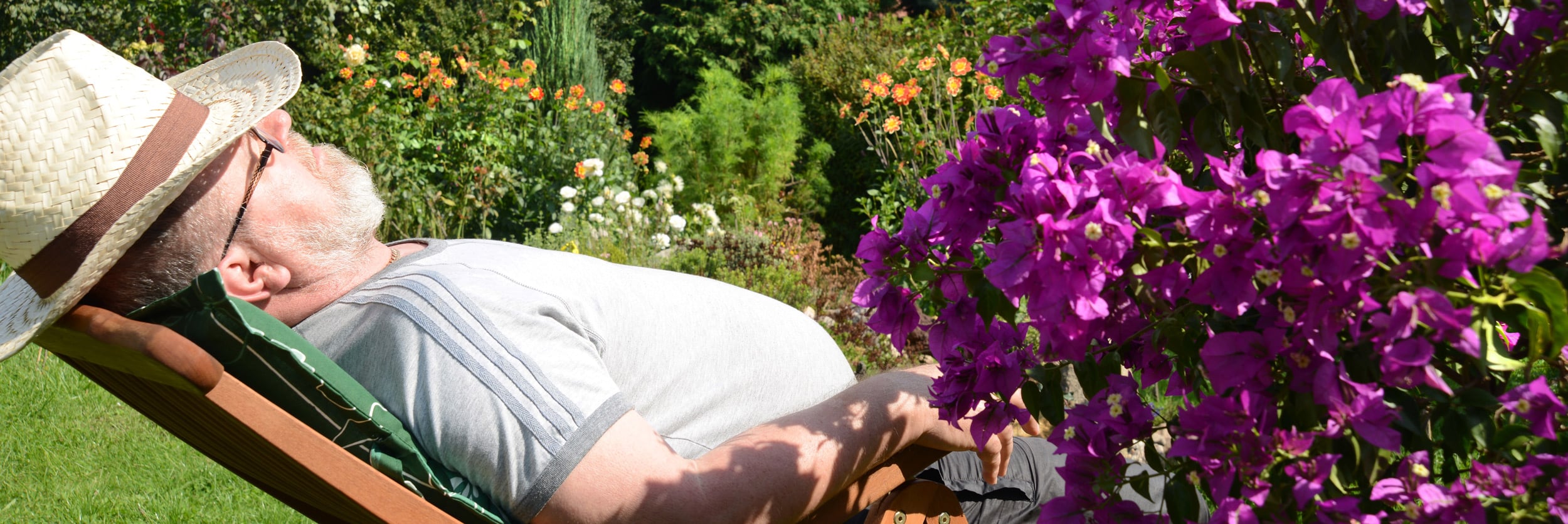
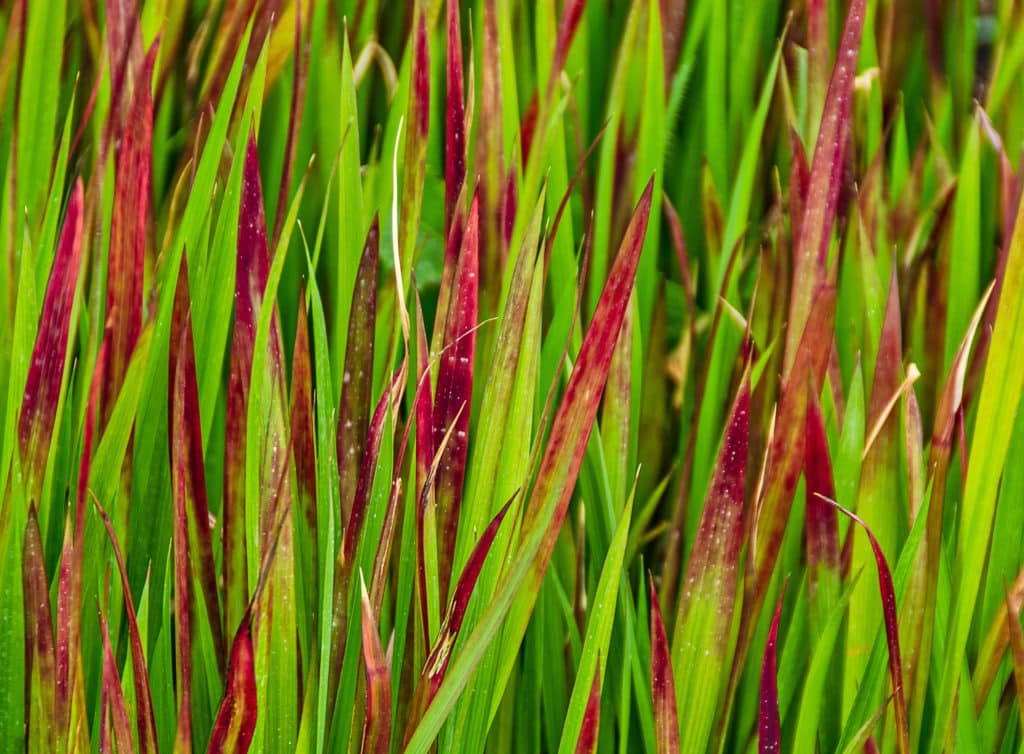
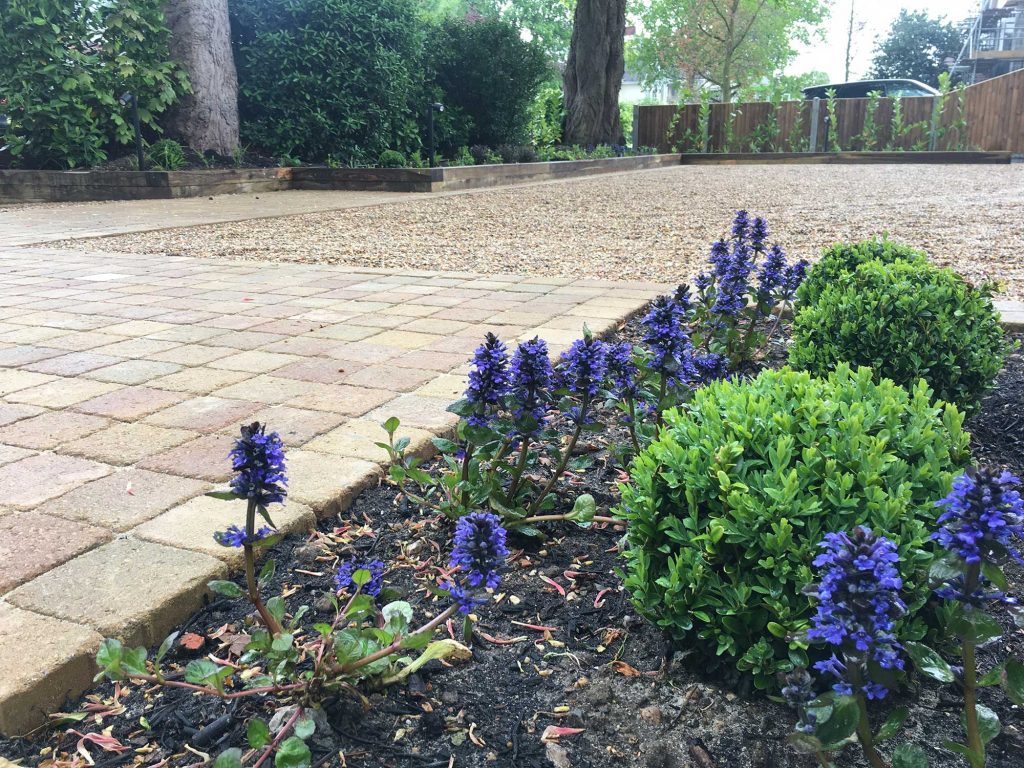
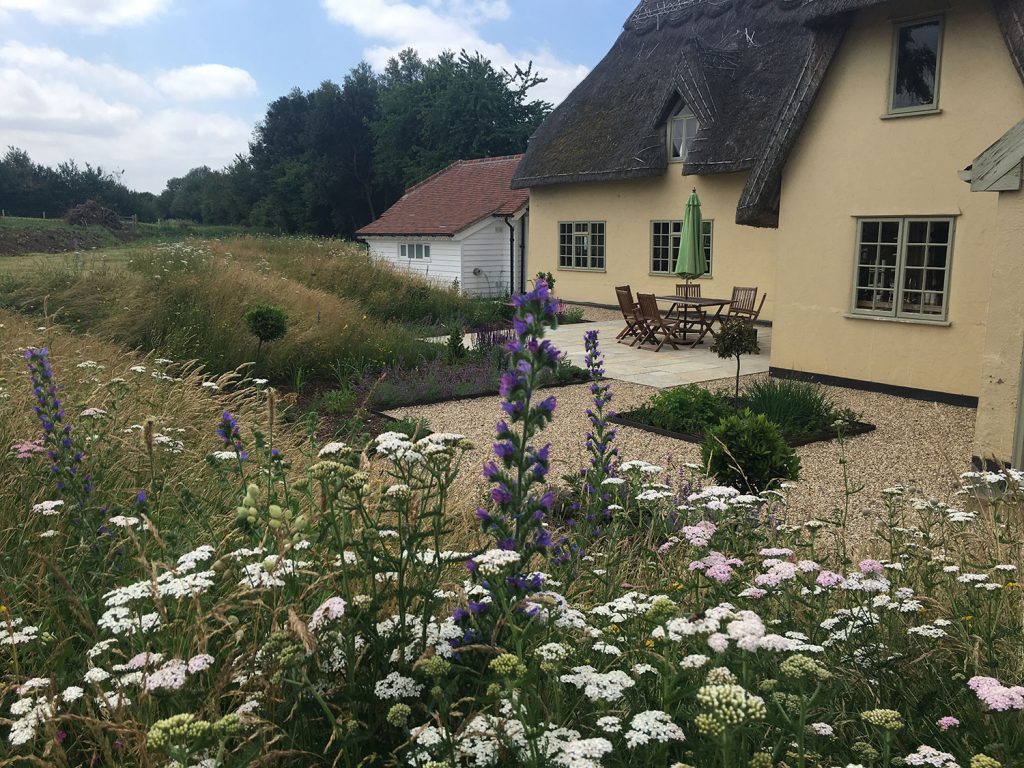
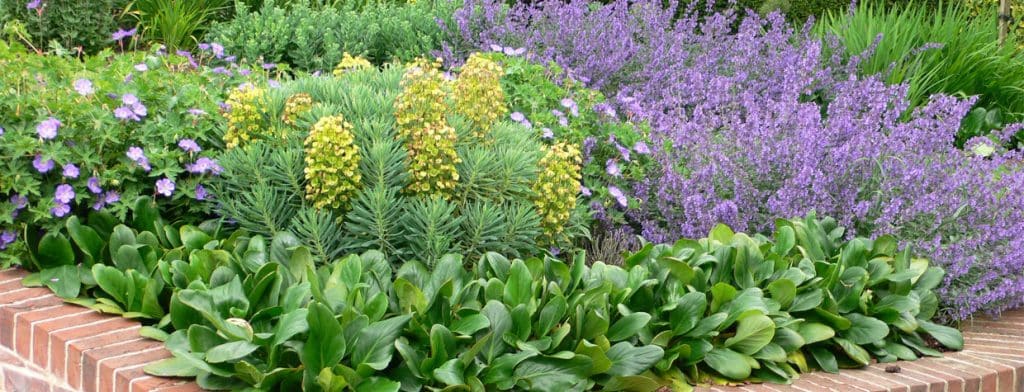
Sorry, the comment form is closed at this time.